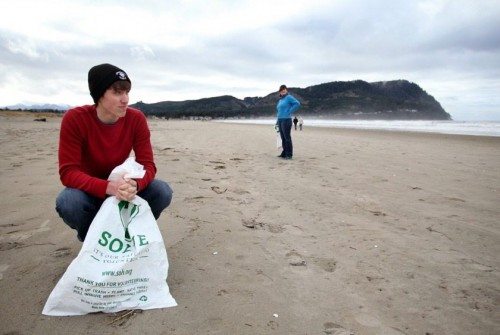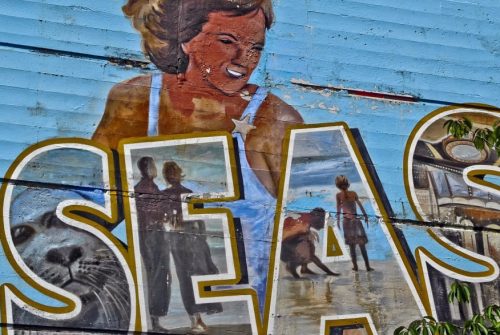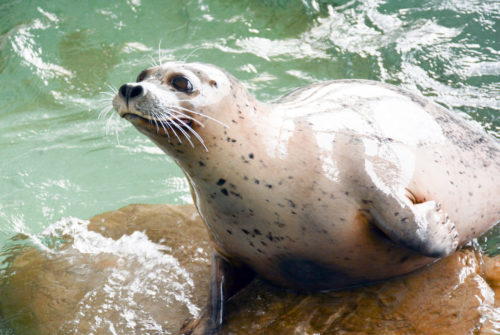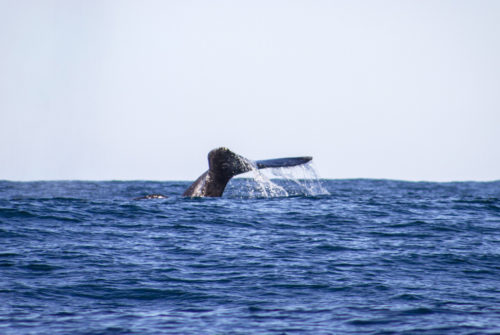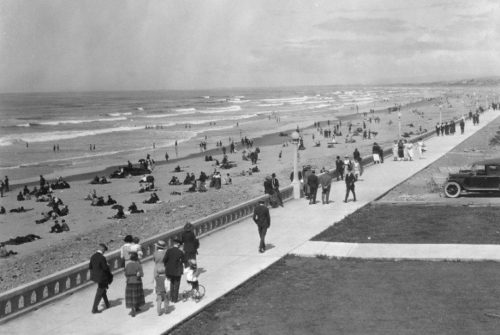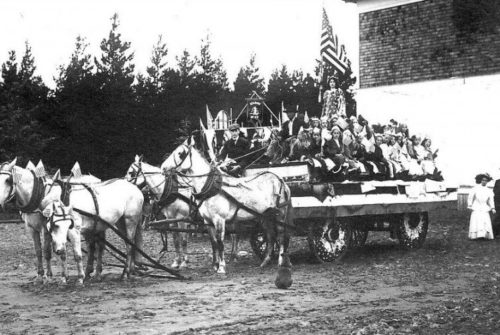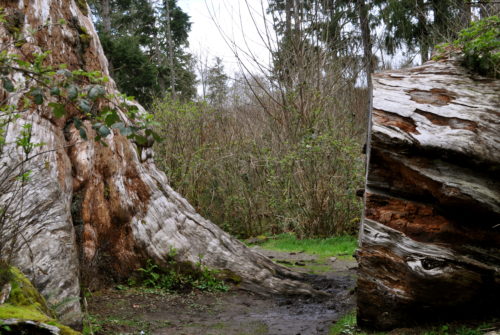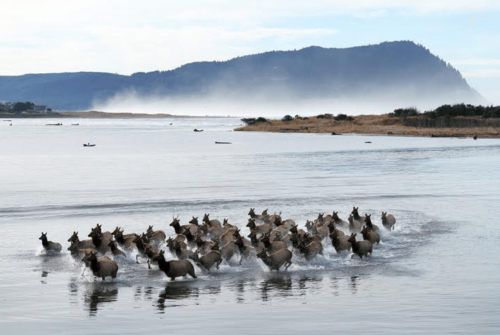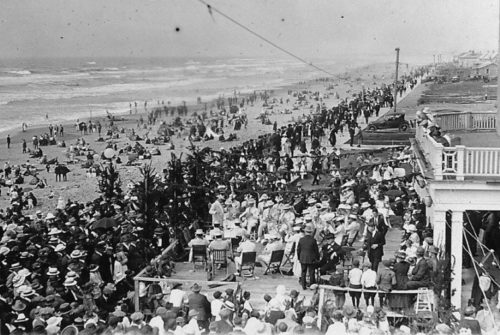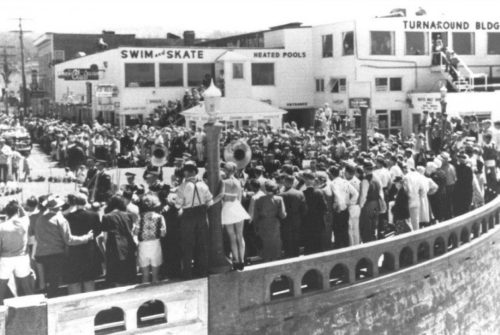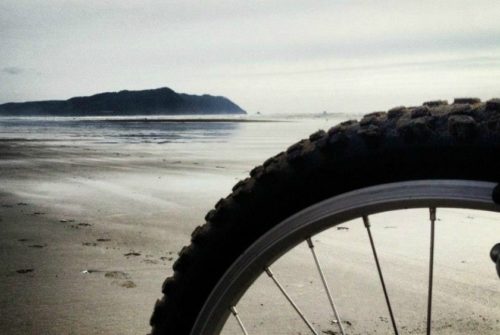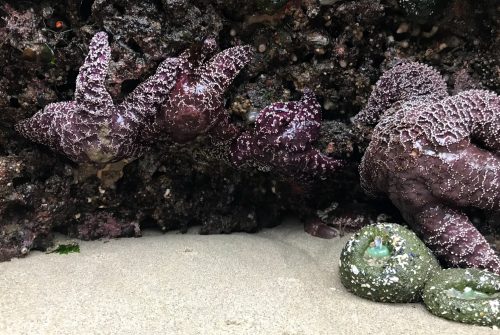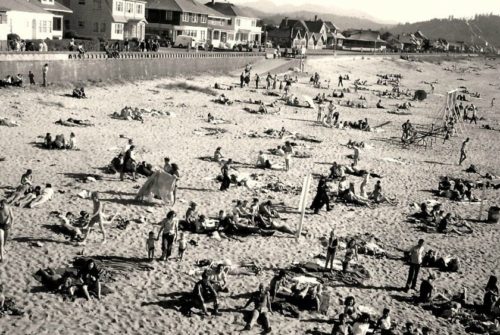When I look at our beaches I don’t see garbage. I see a breathtaking coastline, and I think how lucky we are to have such pristine beauty right in our own backyard. I believe most beachgoers, both locals and tourists, are conscientious about disposing their refuse properly after a day playing on the beach. So why do we have the SOLV beach cleanup twice a year?
I visited the SOLV website and learned that so much of the trash found on the coastline has “washed ashore after winter storms.” The site goes on to say that “trash travels with the wind and rain, which carries litter downhill into our streams and rivers and out to sea. Ocean currents circulate litter from the land and trash dumped by vessels around the Pacific Ocean and to our beaches.”
This was an eye-opener for me. I tend to see things in a microcosm, but this is a great lesson in how all things are interrelated and how the choices we make in one place can have an impact hundreds of miles away. And it helps explain why thousands of volunteers will hit the Oregon shores from places far and wide to clean the beaches.
Seaside alone sees about 400-600 volunteers, a handful of them local, many from Portland, Seattle and beyond. In addition to individuals and families, there will be Girl Scout troops, student groups, classes, even groups from companies like Fred Meyer and Wells Fargo.
Coral Cook, the coordinator for Seaside, moved here in 1984, the year the beach cleanup began and has been helping out ever since. When I asked why she keeps doing this each year, she said “It’s just the thing to do. It’s our beach. It’s up to us to take care of it.”
Volunteers come to the beach armed with raingear, sturdy shoes and work gloves to protect their hands. And there are a few new things SOLV is asking of the volunteers this year to reduce the environmental footprint of the cleanup event such as asking people to bring their own buckets or reusable bags to reduce the plastic trash bags used; bringing reusable water bottles and/or coffee mug; packing a “trash-free” lunch; and carpooling or using public transportation.
Cleaning up our beaches not only means ensuring the beauty of the natural environment, it protects people and wildlife as well as our coastal economy.
